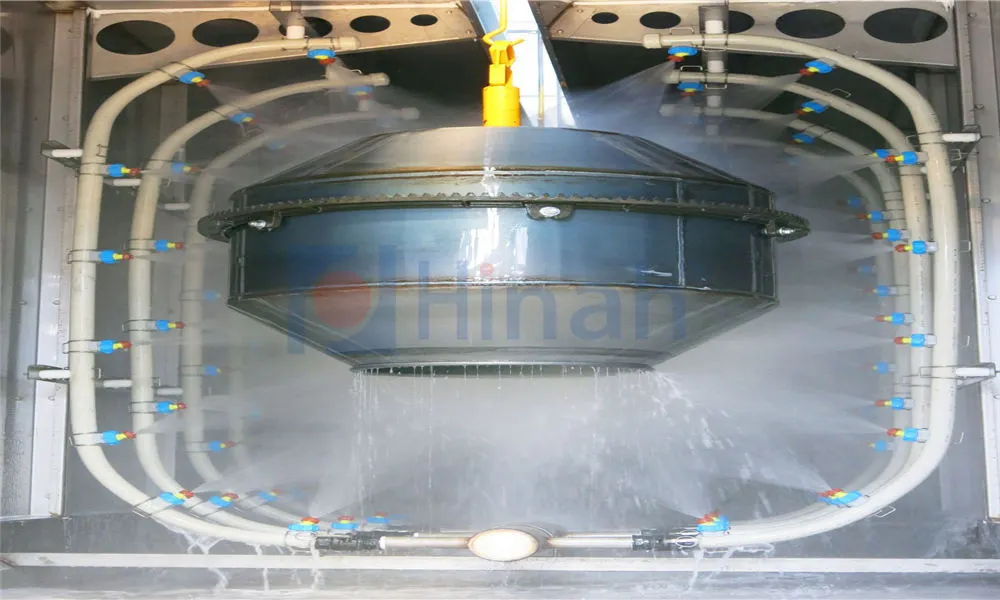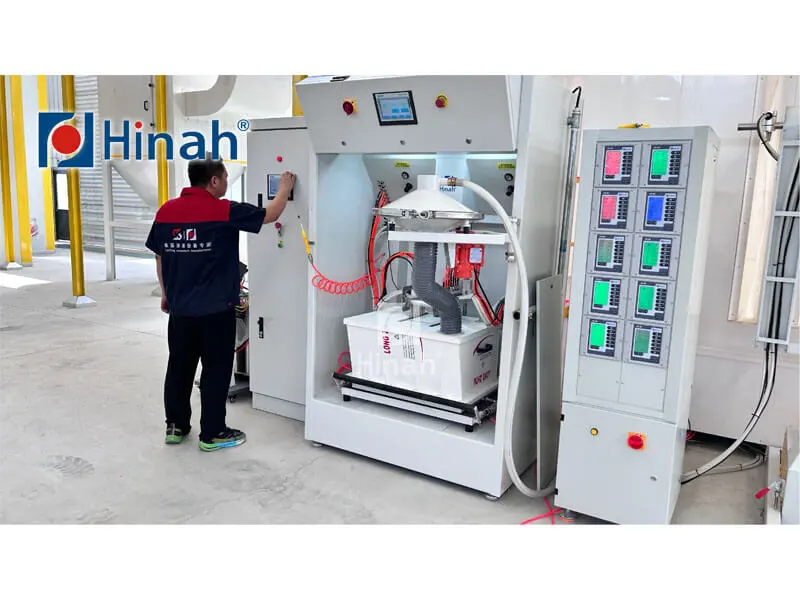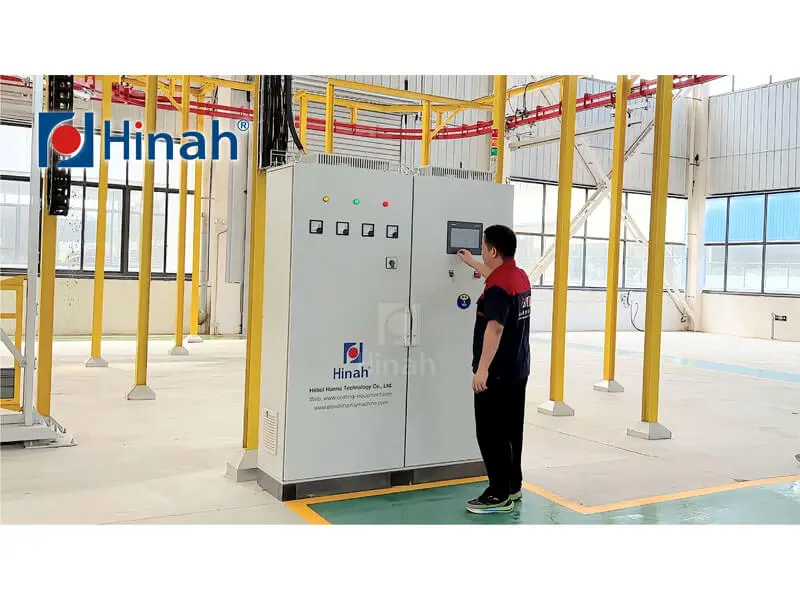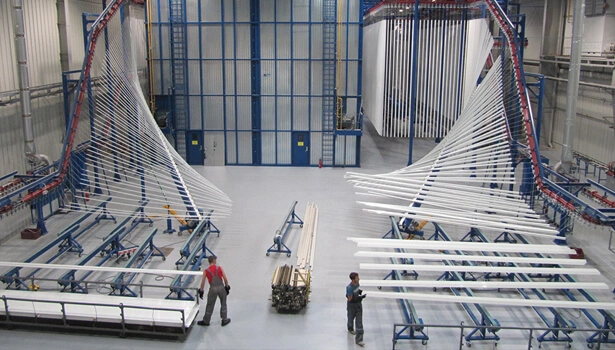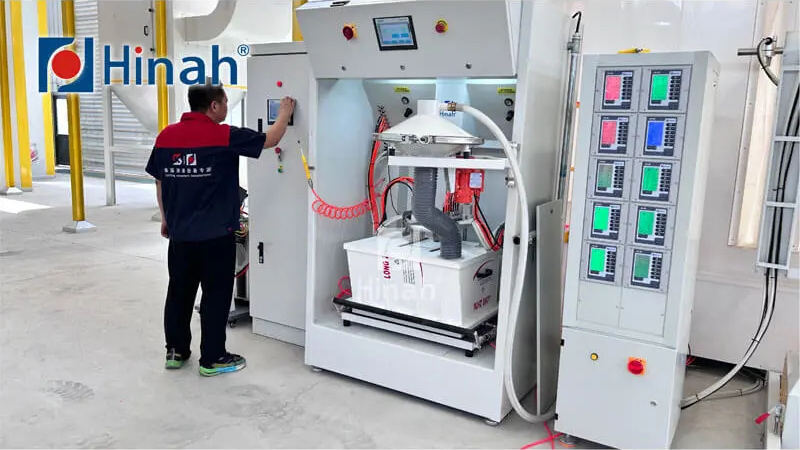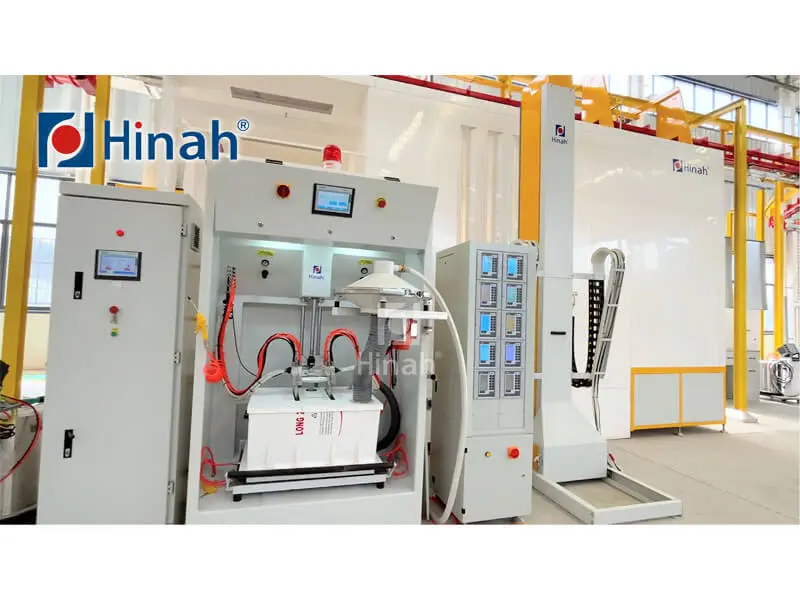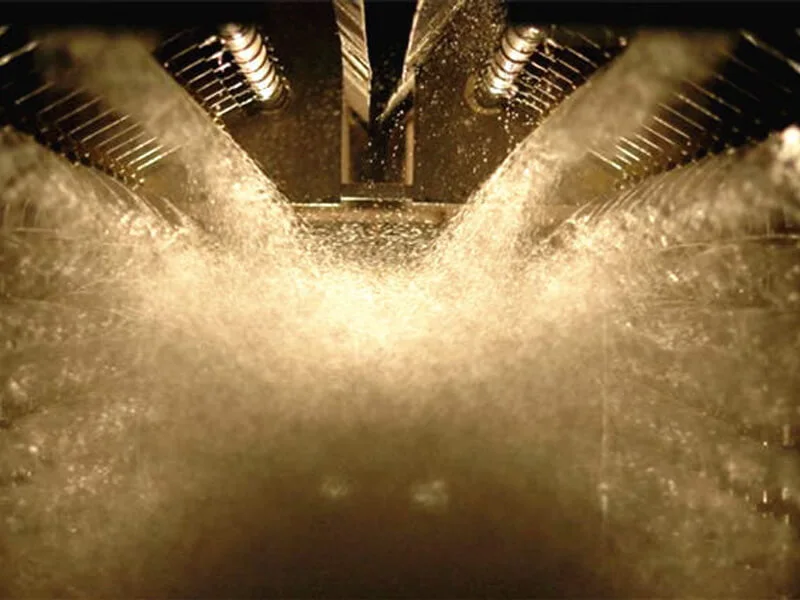When it comes to maintaining and enhancing the value of industrial assets, the role of industrial painting equipment cannot be overstated. From protecting machinery against corrosion to ensuring a professional finish on production-line products, the right tools make all the difference. However, selecting the appropriate industrial painting equipment is only one part of the equation. Many businesses also rely on professional industrial equipment painting services to achieve consistent, high-quality results. Moreover, integrating an efficient Industrial Finishing System is crucial for scalability and long-term performance. This article explores the various types of equipment, the benefits of professional services, common challenges, and what to consider when implementing a robust finishing solution.
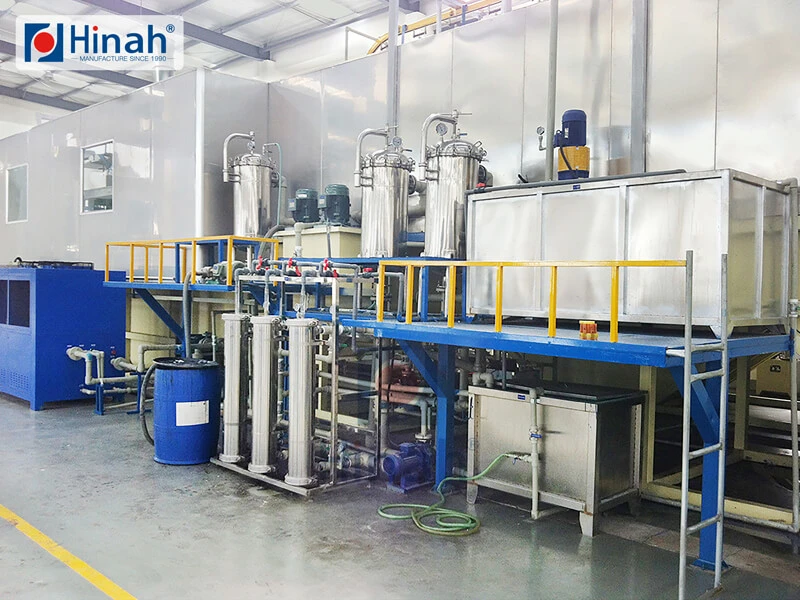
Industrial painting equipment encompasses a wide range of tools and machines designed for applying coatings to surfaces in industrial settings. This includes everything from handheld spray guns to fully automated robotic systems. The primary goal is to apply paint or protective coatings efficiently, evenly, and safely.
Common types of industrial painting equipment include:
Airless spray pumps
HVLP (High Volume Low Pressure) sprayers
Electrostatic painting systems
Powder coating equipment
Automated robotic painters
Each type of equipment serves specific purposes. For example, airless sprayers are ideal for applying thick coatings on large surfaces like storage tanks, while electrostatic systems are perfect for achieving an even finish on metal products. Selecting the right industrial painting equipment depends on factors such as the substrate material, desired finish, production volume, and environmental conditions.
The Role of Professional Industrial Equipment Painting Services
While some companies maintain in-house painting capabilities, many opt to hire professional industrial equipment painting services. These services bring expertise, specialized equipment, and a focus on quality that may be challenging to achieve internally.
Industrial equipment painting services typically include:
Surface preparation (cleaning, sandblasting, priming)
Application of industrial-grade coatings
Quality inspection and compliance testing
Maintenance and recoating services
Outsourcing to a dedicated service provider ensures that the job is done right the first time, reducing downtime and minimizing material waste. Additionally, professional industrial equipment painting services are well-versed in safety regulations and environmental standards, which is critical when working with volatile organic compounds (VOCs) and other hazardous materials.
Integrating an Industrial Finishing System
For large-scale operations, investing in a comprehensive Industrial Finishing System is often more efficient than relying on standalone equipment. An Industrial Finishing System typically combines application technology, conveyor systems, curing ovens, and ventilation systems into a streamlined process.
Key components of an Industrial Finishing System may include:
Pretreatment stations for cleaning and phosphating
Automated spray booths with electrostatic or powder coating capabilities
Curing ovens for drying and hardening coatings
Waste management and air filtration systems
Such systems are common in automotive, aerospace, and appliance manufacturing industries, where consistency, speed, and durability are paramount. Integrating an Industrial Finishing System can significantly reduce labor costs, improve throughput, and enhance finish quality.
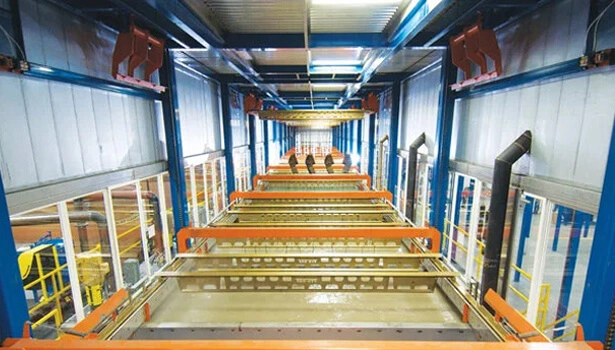
Common Challenges with Industrial Painting Equipment
Even with advanced technology, users of industrial painting equipment often encounter several common problems. Understanding these issues can help in selecting the right equipment and maintaining it properly.
Clogging and Uneven Spray Patterns: This is often caused by improper viscosity of the paint or inadequate filtration. Regular maintenance and using the correct settings can mitigate this issue.
Over-spray and Material Waste: Especially common with conventional spray guns, over-spray not only wastes material but also poses environmental and health risks. Electrostatic industrial painting equipment can help reduce waste by attracting paint to the grounded surface.
Equipment Wear and Tear: High-pressure pumps and nozzles are susceptible to abrasion from pigments and additives. Using high-quality parts and scheduling routine inspections can extend the lifespan of industrial painting equipment.
Safety Concerns: Many industrial coatings contain hazardous chemicals. Proper ventilation, personal protective equipment (PPE), and training are essential for safe operation.
Compatibility Issues: Not all equipment works well with all types of coatings. For example, some linings may require plural-component sprayers. Consulting with experts or relying on professional industrial equipment painting services can help avoid compatibility problems.
Selecting the Right Industrial Painting Equipment
Choosing the best industrial painting equipment requires a careful analysis of your needs. Consider the following factors:
Production Volume: High-volume projects may benefit from automated systems, while low-volume jobs might only require handheld devices.
Type of Coating: Water-based, solvent-based, and powder coatings all have different equipment requirements.
Surface Complexity: Products with complex geometries may need electrostatic or multi-axis robotic systems for full coverage.
Environmental Regulations: Equipment with high transfer efficiency (e.g., HVLP or electrostatic) can help meet VOC emission standards.
In some cases, it may be more cost-effective to partner with industrial equipment painting services rather than investing in expensive machinery. This is especially true for businesses with sporadic painting needs.
The Future of Industrial Finishing Systems
Technology is rapidly evolving in the world of industrial painting equipment. Smart systems with IoT sensors can now monitor performance in real-time, predict maintenance needs, and automatically adjust settings for optimal efficiency. Robotics and AI are also becoming more accessible, enabling smaller manufacturers to automate their Industrial Finishing System.
Additionally, sustainability is a growing concern. Many companies are shifting toward water-based coatings and powder coatings, which produce fewer emissions. Modern Industrial Finishing System designs often emphasize energy efficiency, with heat recovery systems and improved filtration.
Industrial painting equipment is a critical investment for any manufacturing or maintenance-focused business. Whether you are applying coatings in-house or using industrial equipment painting services, understanding the available technologies and their common challenges is key to achieving a durable, high-quality finish. For larger operations, implementing a fully integrated Industrial Finishing System can streamline production, reduce costs, and ensure consistency. As technology advances, we can expect even more efficient and environmentally friendly solutions to emerge. By staying informed and proactive, businesses can protect their assets and enhance their products for years to come.


